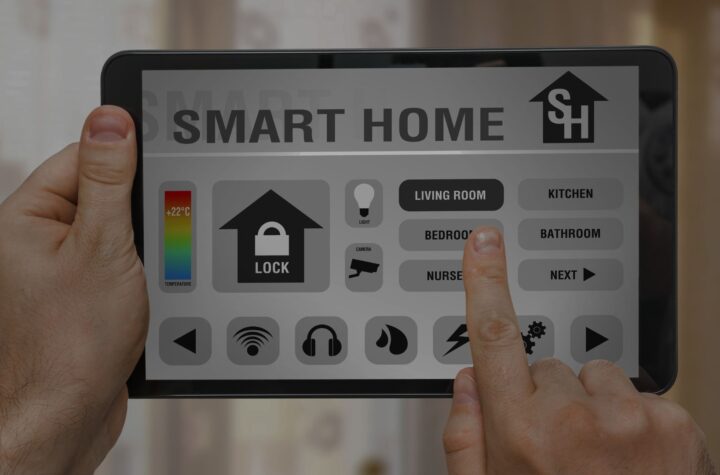
You may get started on constructing the pool of your dreams right now by consulting our swimming pool finance guide and learning about the many financing choices available to you. What does it take to have an eternal home, and what does such a place lack? Some people think it’s an extension of the kitchen or bathroom, while others consider the yard and how to make the most of the outside space. This may include building an accessory dwelling unit or going all out with a luxury addition like an in-ground pool. In this guide, we’ll explain the several ways you may pay for a pool, as well as the pros and cons of each.
Most homeowners will likely need to borrow more than $50,000, so it’s important to choose a financing plan that allows them to do so at manageable monthly installments.
We’ll walk you through the details of these innovative home-improvement loans, which let you take advantage of market rates rather than the higher rates often associated with the alternatives and borrow money based on the future worth of your property after the pool’s construction is complete.
We’re here to help you compare pool financing options and choose the one that best fits your budget, whether that’s a home equity loan, a line of credit, a cash-out refinance, or something else entirely.
The Best Ways to Finance a Swimming Pool
Swimming pool loans may be obtained from a variety of sources, each with its own set of terms and conditions, including varying interest rates and loan amounts. What follows is an introduction to loans and an argument for why any homeowner should consider applying for one. We will compare these options to more common ones including HELOCs, HELOCS, cash-out refinances, construction loans, loans, and personal loans with no collateral.
What Makes Conventional Options Unreliable, and Why
Assume you have built up enough home equity to utilise it as collateral. If that’s the case, you may want to investigate your options for obtaining a home equity loan or HELOC to cover the costs of constructing an inground pool. As you saw in the preceding section, however, unless you’ve lived together for a long time, this is not always the case. No longer do you have to wait until you have enough equity in your house to take out a loan; instead, you can borrow against the anticipated increase in value of your property.
When you take out a cash-out refinancing on your pool loan, you’ll have to refinance your mortgage, which will likely result in a higher interest rate than your current one. The problems associated with utilising a home equity loan to repay a pool loan are also present when using a cash-out refinancing to do the same thing. Sixty percent of homeowners who refinance their mortgages are in this position, which comes as a surprise.
Conclusion
Like a this Loan, a construction loan is a kind of financing that lets you borrow money based on the anticipated value of your home after the work is completed. However, we do not support this. Why? Having to refinance into a higher rate means you’ll spend more in closing costs and endure a more cumbersome draw process before you can pay your contractor. Since you’ll have no choice but to refinance at a higher interest rate, this is the case. As a result, some building companies will not even consider applying for this kind of credit.






More Stories
You’re Go-To Source for Memphis Safety Equipment
A Correct Application of Flooring with Epoxy
Time to Delve into the Oval Charm of Barrel Saunas